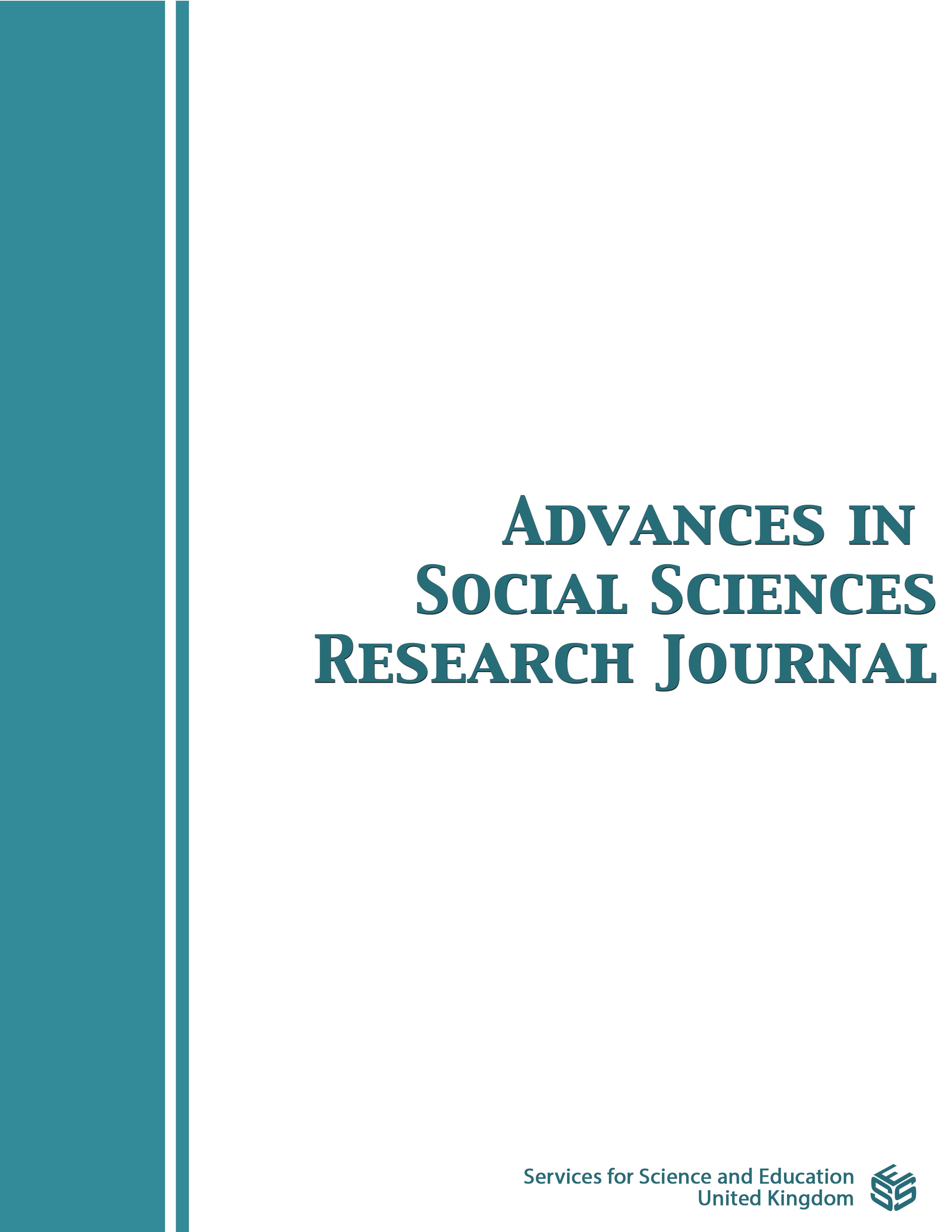The Impact of Transformational Leadership on Motivation and Performance in Selected Public Sector Organizations
DOI:
https://doi.org/10.14738/assrj.96.12298Abstract
Effective Transformational leadership drives an organization’s members to achieve a common purpose. Leaders must influence followers to work to achieve a common vision. Leaders understand their values and the values of their followers. In other to guide and direct behavior. Motivation skills required by managers to impact positively on the performance of employees.
This study assesses the impact of Transformational leadership on employee motivation and performance. The scope of the study is limited to selected public sector organizations; organizations as; Ghana Standard Authority (GSA), Food and Drugs Authority (FDA) and Environmental Protection Agency (EPA). The sample consisted of employees of the above-mentioned organizations. A total of 69 questionnaires were used for the analysis. The study found that two of the variables of Transformational leadership that is, inspirational leadership and intellectual stimulation have a strong positive and significant impact on employee motivation whiles the other two variables which are charismatic leadership and individualized consideration have a negative impact on employee motivation. Simply put, fifty percent (50%) of Transformational leadership have a positive impact on employee motivation.
The study also found that charismatic leadership is the best predictor of employee performance than employee motivation. For public sector organizations to obtain highest employee performance and motivation, managers should use inspirational, intellectual stimulation and charismatic leadership styles of transformational leadership.
For an organization to gain the competitive edge in its respective industry, needs among other things transformational leaders who would use their charisma, inspirational abilities and intellectual stimulation to motive their followers to obtain employee highest performance for the enhancement of a high productivity to achieve the organizational goals.
Downloads
Published
How to Cite
Issue
Section
License
Copyright (c) 2022 Gifty Ahwireng Koomson, Elizabeth Sonia Tetteh, Evelyn Boadiwaa Bosamtwi

This work is licensed under a Creative Commons Attribution 4.0 International License.
Authors wishing to include figures, tables, or text passages that have already been published elsewhere are required to obtain permission from the copyright owner(s) for both the print and online format and to include evidence that such permission has been granted when submitting their papers. Any material received without such evidence will be assumed to originate from the authors.






